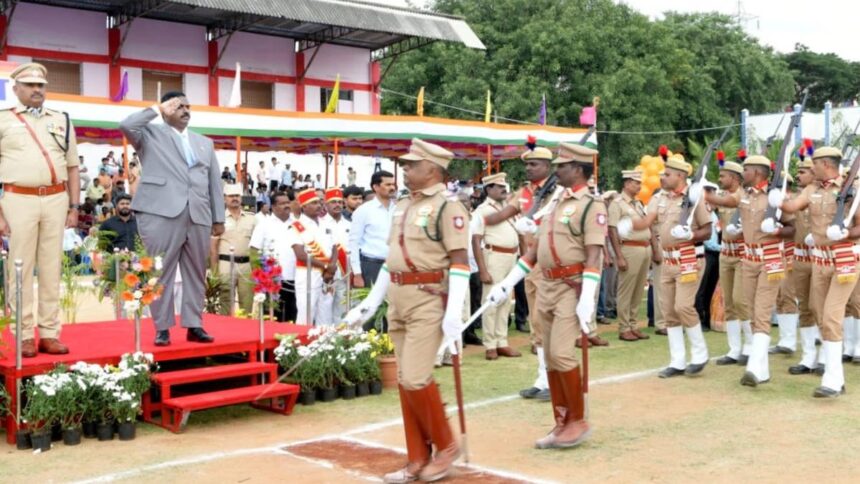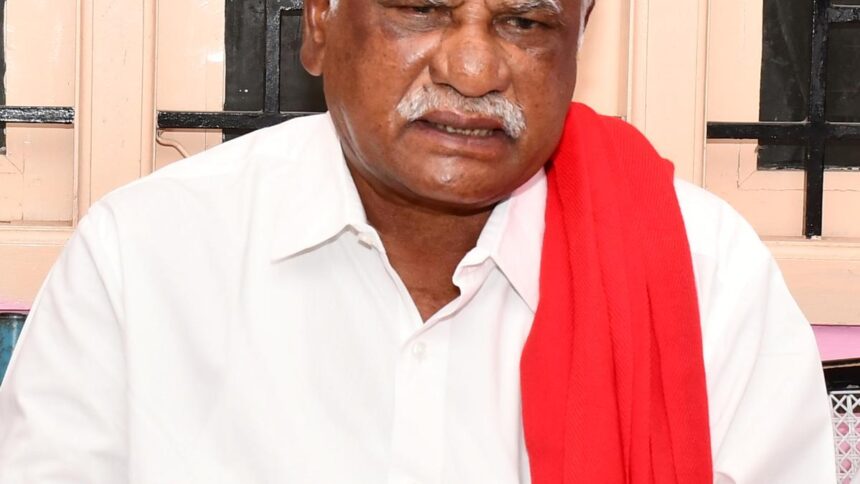
A jazz performance at The Piano Man in the capital
| Photo Credit: Rhea Kapoor
The city’s cultural landscape has been gradually swaying to the sounds of jazz. Though the jazz scene is still small, the genre’s spontaneity and soul is attracting musicians and audiences. But it is unevenly shaped by the quiet expectations of society where women find less visibility.
Parvati Mohanakrishnan, vocalist of the eponymous band Parvati La Cantante, has been a part of Delhi’s music circuit for the past two decades. She says that in the early years, safety concerns and mismanaged venues were major issues.

She recalls dealing with inappropriate demands from audiences. “Even at five-star venues, men would try to get close,” she says. “We would get requests like, take ₹1,000 but sing something in Hindi.” Such incidents were part of a larger culture of entitlement that did not always see the performer as a professional deserving of respect.
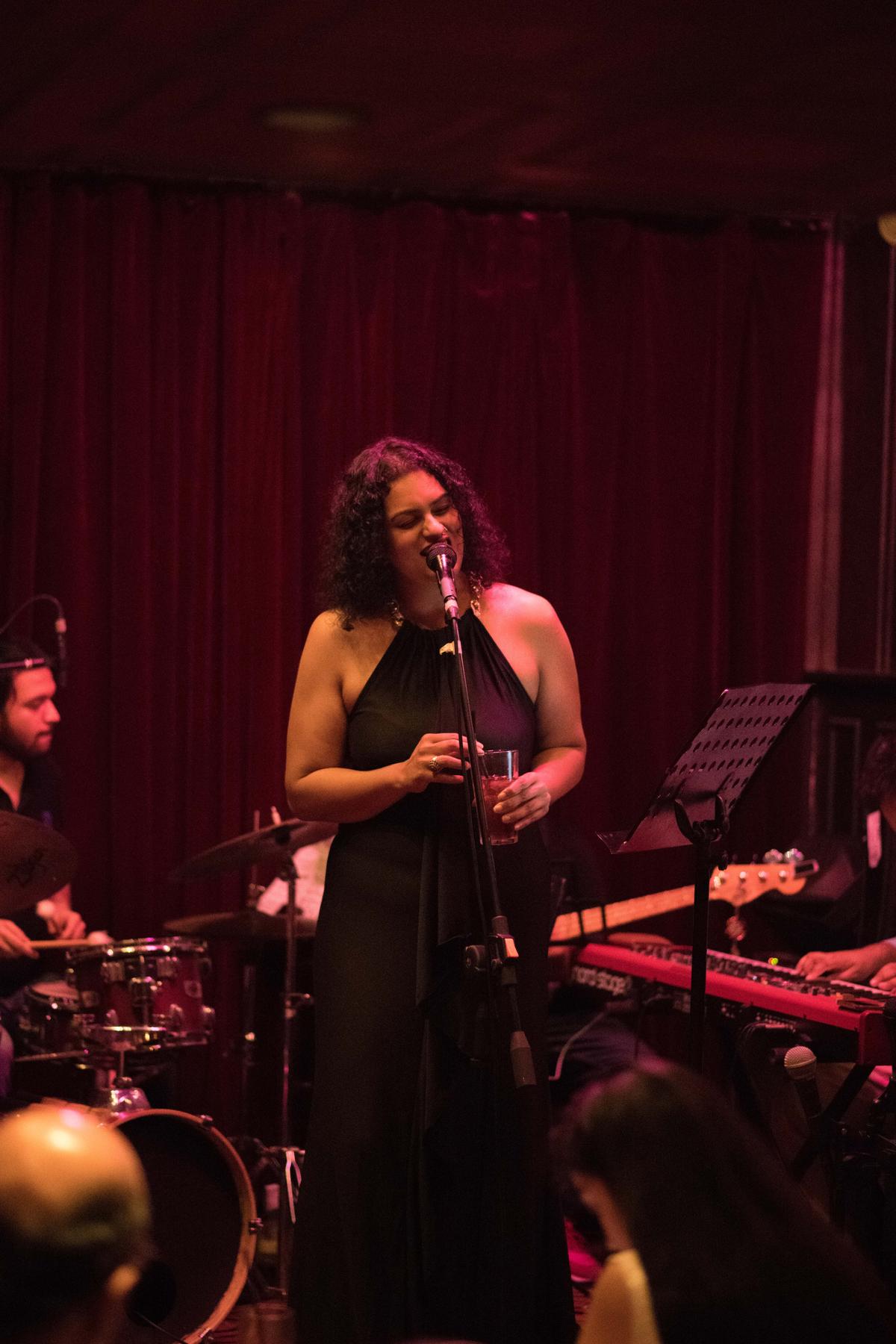
Jazz vocalist Parvati Mohanakrishnan
| Photo Credit:
Special Arrangement
Over the years, Krishnan made conscious decisions about where and how she performs. She prefers venues that ensure dignity, safety and allow her to own her voice.
Early on, jazz was seen as a subversive force. It belonged to the nightclubs, back alleys, and crowded rooms filled with smoke. Over time, and across continents, it has been refashioned into a symbol of sophistication. The kind of music that signals taste, intellect and artistic ambition.
The need to carve your niche is something Swikrity Singh understands well. A jazz vocalist and educator, Singh has spent the last decade performing across the capital and training new singers. She points to the subtle but persistent ways in which women are still boxed in by appearances. “There’s a decorative expectation around women performers,” she says. The emphasis is on how a woman looks, dresses and talks on stage.
“There is an unspoken understanding that singers are meant to simply come, sing, and go,” she observes. “But we need to claim our space, and that will come from grounding one’s work in theory and musical knowledge.”
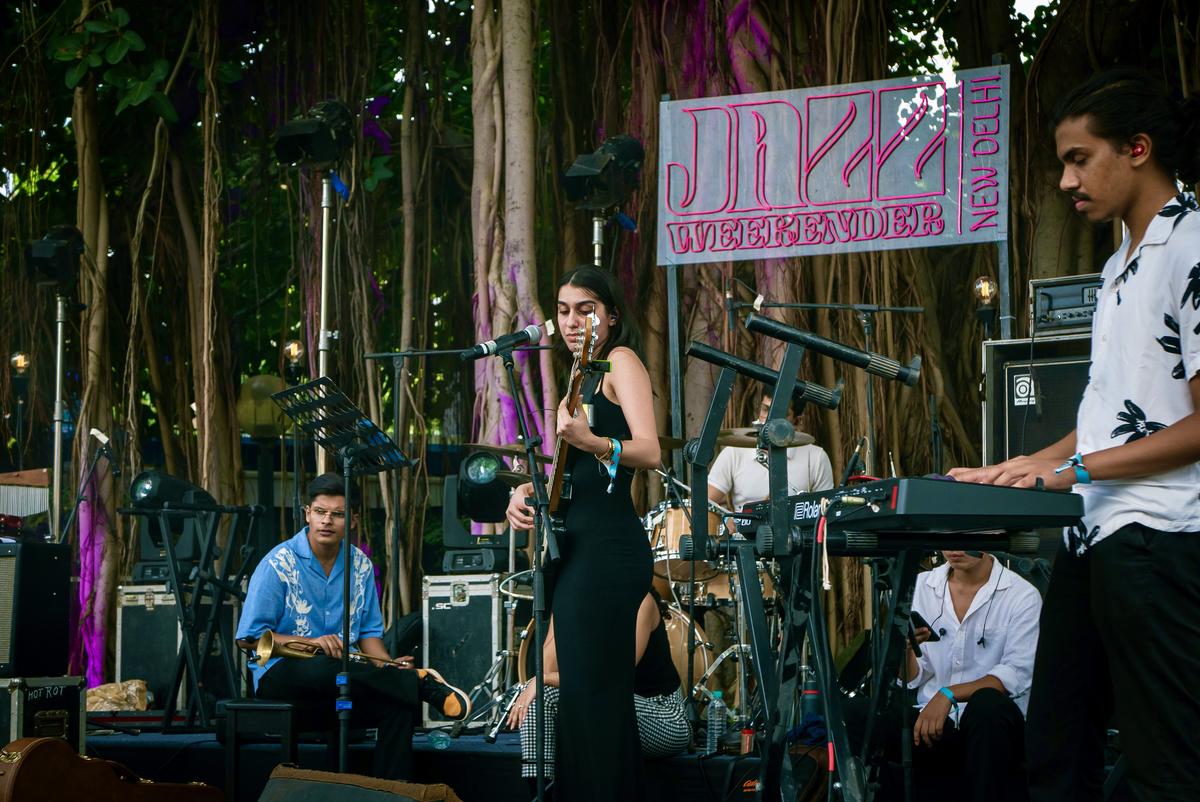
Bass player Tanisha Bhatnagar
| Photo Credit:
Special Arrangement
There are fewer female instrumentalists compared to vocalists, It is an invisibility shaped by omission than intent.
Tanisha Bhatnagar, a bass player, has been performing for three years now. In the ensembles she plays, she is often the only woman instrumentalist. People come up to her and say it is so cool to see a woman playing bass. Tanisha feels hidden in such appreciation are gender-conforming remarks that remind you of your minority status.
The reasons, Tanisha believes, are structural. Young girls are rarely aware of or encouraged to pick up instruments and the idea of a woman bassist, saxophonist, or drummer doesn’tenter the imagination.
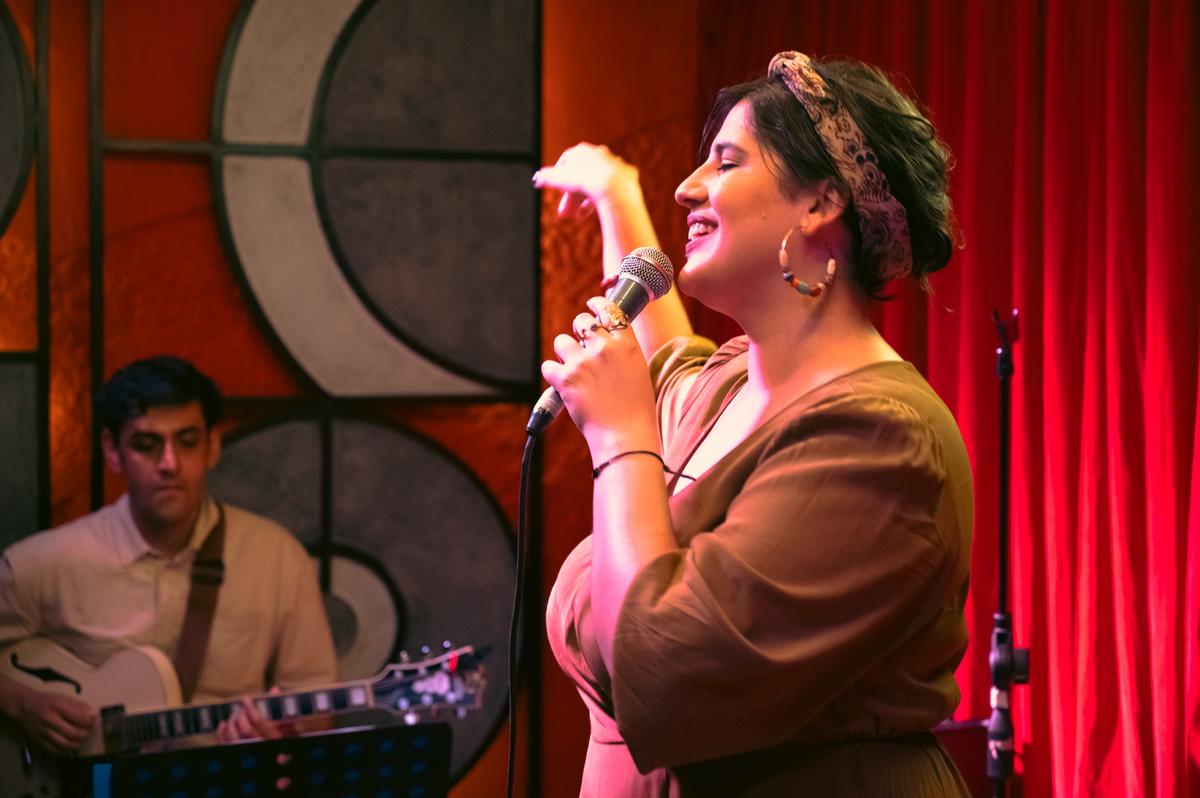
Mexican jazz singer Jatziri Gallegos
| Photo Credit:
Special Arrangement
Jatziri Gallegos, a Mexican jazz vocalist and faculty at the Global Music Institute in Delhi, has performed across the United States, Mexico and India. She says while Delhi’s jazz scene is welcoming, certain cultural expectations continue to follow women artists.
“It’s a challenge navigating patriarchal norms in jazz,” she says. “Men get a little intimidated when they see a woman take the lead. It has taken me years of preparation to feel comfortable owning that space.”
She also points to the pressure to appear a certain way on stage. “There’s this expectation that a woman singer should look a certain way. A lot of women internalise it and try to live up to that image, even when it has little to do with the music.”
Still, for all the friction, none of these artists speak from a place of defeat. They stay not because it is easy, but because it is theirs to claim.
Rhea Kapoor
Published – July 16, 2025 12:08 pm IST




















